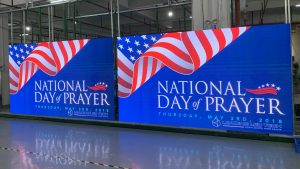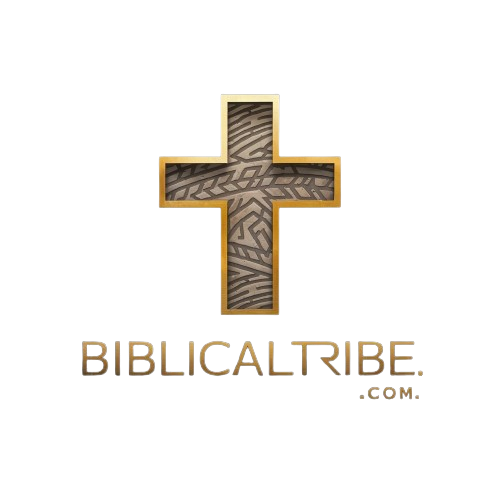Last Updated on June 28, 2025 by Muhammad Ramzan
Canada’s multicultural landscape thrives on diversity, and language plays a crucial role in shaping that experience. For newcomers, professionals, and students aiming to integrate into Canadian society, proving language proficiency is essential. One of the primary tools used to assess English language ability in Canada is the Canadian Language Benchmark. Whether you’re planning to study, work, or immigrate, understanding the CLB system.
CLBA: The Canadian Language Benchmark Assessment
The clba test is a recognized language test used primarily to determine where an individual’s English skills stand on the CLB scale. It is widely accepted for:
- Enrolling in language training programs
- Meeting immigration requirements
- Demonstrating job readiness in English-speaking environments
The clba test typically assesses all four skills and provides a benchmark level for each one. It’s not a pass-or-fail test but a tool to understand strengths and areas needing improvement.
What Is the Canadian Language Benchmark (CLB)?
The Canadian Language Benchmark is a standardized system that measures the English language proficiency of adult immigrants and prospective Canadian residents. It was developed by the Centre for Canadian Language Benchmarks and is used across the country to evaluate language skills for various purposes including immigration, employment, education, and citizenship.
CLB is not an exam in itself but a framework. It classifies English ability into 12 benchmarks across four key language skills:
- Listening
- Speaking
- Reading
- Writing
These benchmarks provide a detailed and consistent way to evaluate English proficiency, making them invaluable for both test-takers and organizations that rely on language assessments.
Why Is the CLB Important?
The CLB framework holds importance in many facets of life in Canada. Here are a few major reasons why it matters:
1.Immigration and Citizenship
Immigration programs, such as Express Entry, require applicants to demonstrate a specific level of English ability. The CLB levels help determine if an applicant qualifies for programs like the Federal Skilled Worker Program, Canadian Experience Class, or Provincial Nominee Programs.
2.Education and Training
Many colleges and vocational programs in Canada use CLB levels to set entry requirements for English language learners. The clba test helps determine if you need additional language training before starting academic courses.
3.Employment Readiness
Employers often rely on CLB benchmarks to assess whether a potential employee has the necessary language skills for a position, particularly in jobs that require customer interaction or documentation.
4.Settlement and Community Integration
Community organizations offering settlement support use the clba test to place individuals in appropriate English as a Second Language classes, helping them build the skills needed to function effectively in daily life.
Understanding the CLB Levels
The CLB framework is divided into three broad stages:
- Stage I (CLB 1-4): Basic proficiency. Individuals at this level can handle simple, everyday situations like shopping or using public transport but may struggle in unfamiliar contexts.
- Stage II (CLB 5-8): Intermediate proficiency. This stage indicates the ability to function independently in most social and work situations.
- Stage III (CLB 9-12): Advanced proficiency. Individuals can understand complex language, engage in technical or academic conversations, and express ideas clearly and effectively.
Each level is defined with detailed descriptors, making it easy to understand what skills are needed to move from one level to the next.
Preparing for the CLBA Test
Even though the clba test is not pass/fail, preparing adequately ensures you get a reliable snapshot of your language skills. Here are some effective strategies for preparation:
1.Familiarize Yourself with the CLB Descriptors
Understanding what each CLB level entails can help you self-assess your current ability. The CCLB website provides detailed performance indicators for each level in all four skills.
2.Practice Real-World English
Since the clba test is rooted in practical communication, everyday English usage is incredibly beneficial. Engage in activities like:
- Watching English news and TV shows
- Reading newspapers or online articles
- Writing journals or emails
- Practicing conversations with fluent speakers
3.Use Language Learning Resources
Several Canadian organizations and online platforms offer free resources tailored to CLB standards. These include:
- Online self-assessments
- Workbooks
- Interactive lessons
- Community ESL programs
4.Attend Language Classes
Many settlement agencies and community colleges offer CLB-aligned language training programs. These classes not only prepare you for the clba test but also help in achieving higher benchmark levels for personal or professional goals.
5.Work on Weak Areas
Your strongest skill might be listening, while writing might need improvement. Identifying these areas early allows focused preparation, making your clba test result more balanced.
Challenges and Tips for CLBA Success
Language acquisition is a gradual process, and preparing for the clba test can come with its challenges. Common difficulties include:
- Understanding spoken English with different accents
- Expressing ideas clearly in writing
- Using correct grammar and vocabulary
To overcome these, immerse yourself in English as much as possible. Read books, join conversation circles, and don’t shy away from using English in public settings. The more comfortable you become with the language, the higher you’re likely to score on the clba test.
When you successfully overcome each difficulty, rewarding yourself appropriately is an affirmation of the learner’s perseverance, courage, and continuous progress. Custom challenge coins are the ideal way to record this growth journey.
Custom challenge coins can be designed with patterns and icons of different themes, and even personal names, learning dates, or motivational phrases can be engraved on the coin surface. Educational institutions can also incorporate school emblems, slogans, or logos into the design to create a unique style as a medal of honor to encourage students to make progress.
A carefully crafted challenge coin is the most specific affirmation of the learner’s unremitting efforts.
Final Thoughts
The Canadian Language Benchmark Assessment (CLBA) is a vital step in the journey toward integration, education, or career development in Canada. The clba test serves as a practical, accessible way to determine where you stand and what your next steps should be in improving English proficiency.











